Yasuke in Shadows: A Fresh Take on Assassin's Creed
Thanks to a renewed focus on the core ideas that the series was built upon, *Assassin’s Creed Shadows* delivers one of the most satisfying experiences the franchise has offered in years. The game reintroduces the series' beloved parkour system, reminiscent of *Unity*, allowing players to seamlessly transition from the ground to castle rooftops. The addition of a grappling hook further enhances this fluidity, making the ascent to strategic vantage points quicker and more exhilarating. Perched on a tightrope high above enemies, executing the perfect kill is just a drop away—provided you're playing as Naoe, the game's swift and agile protagonist. However, switch to Yasuke, the second protagonist, and you're in for a completely different gameplay experience.
Yasuke is slow, clumsy, and incapable of silent kills. His climbing abilities are more akin to those of a cautious grandparent than a skilled assassin. This design choice by Ubisoft is both baffling and fascinating, as playing as Yasuke feels like stepping away from the traditional *Assassin’s Creed* experience.
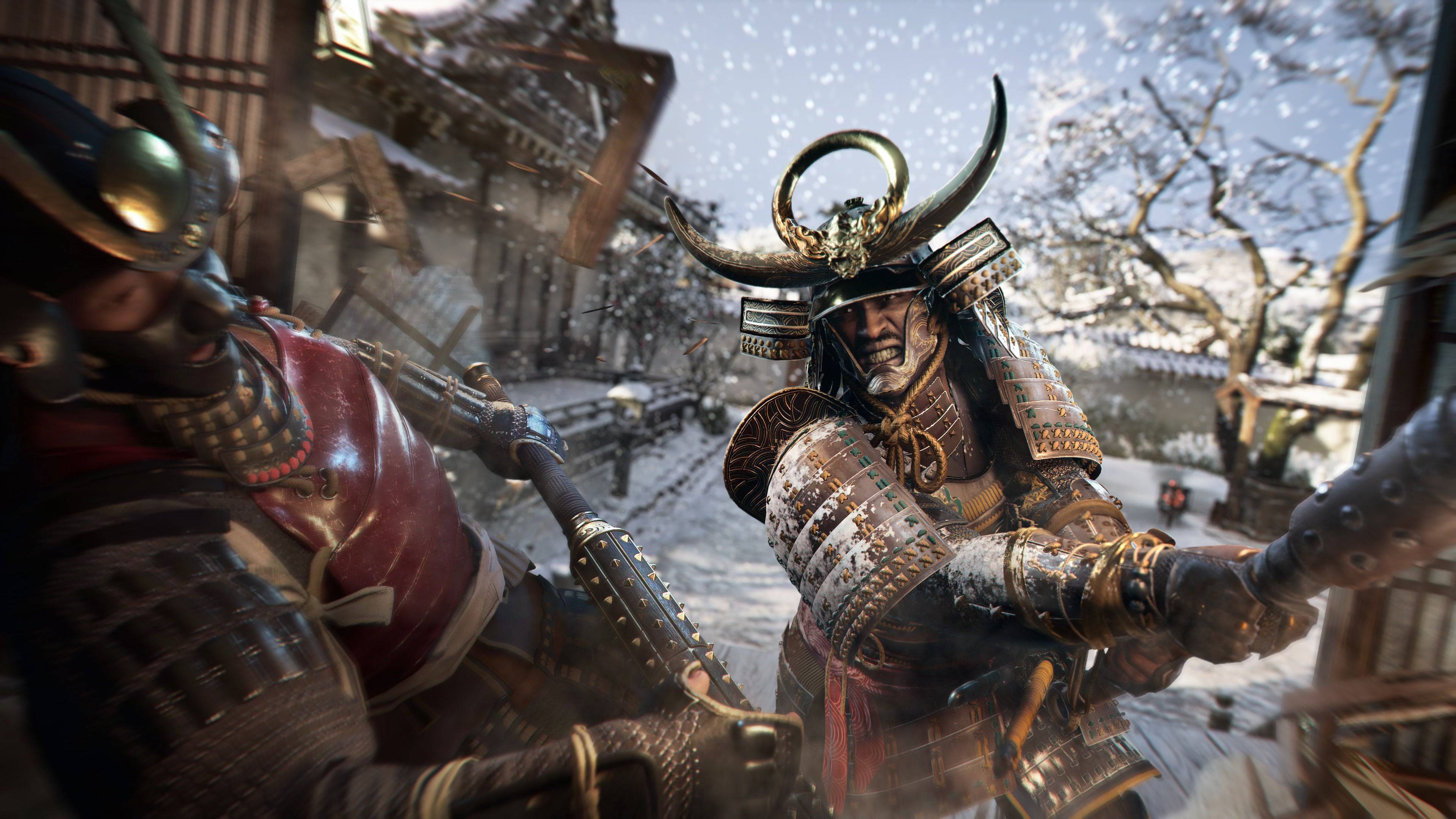 Yasuke changes the rules of Assassin's Creed, promoting grounded combat over parkour stealth. | Image credit: Ubisoft
Yasuke changes the rules of Assassin's Creed, promoting grounded combat over parkour stealth. | Image credit: Ubisoft
Initially, the stark contrast between Yasuke's capabilities and the core tenets of *Assassin’s Creed* was frustrating. What's the point of an *Assassin’s Creed* protagonist who struggles with basic climbing and can't execute a stealthy takedown? However, as I delved deeper into Yasuke's gameplay, I began to appreciate the unique perspective he brings to the series. Yasuke's design challenges the conventional gameplay that *Assassin’s Creed* has grappled with in recent years.
You won't get to control Yasuke until several hours into the campaign, after spending ample time mastering Naoe's swift and stealthy shinobi skills. Transitioning to Yasuke is jarring; this towering samurai is too large and noisy to sneak through enemy camps effectively and can barely scale anything beyond his own height. He struggles to find handholds on Japan's traditional architecture and moves painfully slowly when he does climb. This limitation encourages a more ground-level approach, which in turn restricts his ability to survey the area and plan his moves strategically. Unlike Naoe, who can use Eagle Vision to highlight enemies, Yasuke has no such advantage, relying solely on his raw strength.
*Assassin’s Creed* has always been about stealthy kills and vertical exploration, concepts that Yasuke directly opposes. Playing as him feels more akin to *Ghost of Tsushima* than *Assassin’s Creed*, emphasizing fierce combat over stealth. Yasuke's gameplay forces players to rethink their approach to *Assassin’s Creed*. While previous protagonists could climb almost anywhere with ease, Yasuke's limited reach requires careful observation to find alternative routes and hidden pathways tailored to his abilities.
These pathways guide Yasuke to his objectives, but they restrict his freedom in general exploration and make it challenging to gain a high vantage point to observe enemy movements. Yasuke's stealth capabilities are minimal, with his "Brutal Assassination" skill being more of an opening move for combat than a stealthy takedown. However, once combat begins, *Shadows* offers the best swordplay the series has seen in over a decade, with each strike purposeful and a variety of techniques at your disposal.
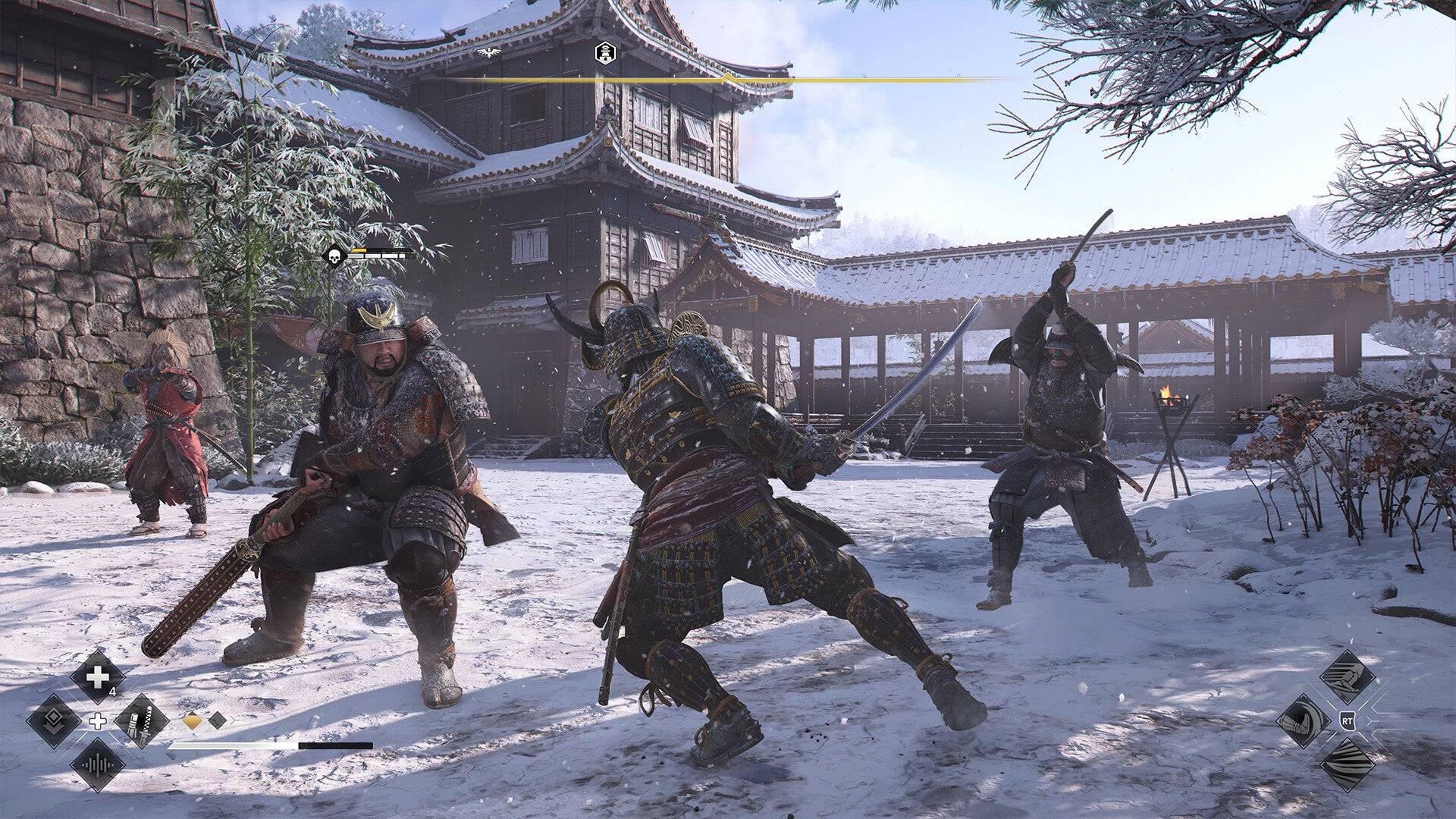 Yasuke enjoys the best combat mechanics Assassin's Creed has ever had. | Image credit: Ubisoft
Yasuke enjoys the best combat mechanics Assassin's Creed has ever had. | Image credit: Ubisoft
The separation of combat and stealth into two distinct characters ensures a clearer distinction between playstyles. In *Origins*, *Odyssey*, and *Valhalla*, quests often defaulted to direct conflict, overshadowing stealth. In *Shadows*, Naoe's fragility forces players to engage in a cycle of combat, retreat, and stealth, while Yasuke's strength allows for a more aggressive approach.
While Yasuke's design is intentional and adds a unique dimension to the game, it remains challenging to reconcile him with the core *Assassin’s Creed* experience. Unlike previous protagonists such as Bayek and Eivor, who could still perform traditional assassin actions despite their action-oriented gameplay, Yasuke's limitations mean you can't fully engage with the series' hallmark stealth and verticality while playing as him.
The real challenge for Yasuke lies in his comparison to Naoe, who is arguably the best *Assassin’s Creed* protagonist in years. Her stealth toolkit, combined with the verticality of Sengoku Period Japan, delivers an experience that truly embodies the essence of *Assassin’s Creed*. Naoe's gameplay benefits from the same design changes that shape Yasuke, such as a more realistic approach to climbing, yet she maintains the series' signature mobility and lethality.
AnswerSee ResultsNaoe's combat is just as impactful as Yasuke's, but her inability to endure prolonged battles adds a layer of tension and strategy. This raises the question: why play as Yasuke when you can play as Naoe?
Ubisoft's intent to offer two distinct playstyles with Yasuke and Naoe is commendable, yet it creates a double-edged sword. Yasuke's gameplay is a unique departure from the traditional *Assassin’s Creed* experience, offering a fresh and compelling alternative. However, it also directly opposes the series' foundational elements of stealth and vertical exploration. While I'll enjoy the thrill of Yasuke's combat, it's through Naoe's eyes that I'll truly explore and immerse myself in the world of *Shadows*, because playing as Naoe feels like playing *Assassin’s Creed*.
-
Pokémon Legends: Z-A, the next installment in Game Freak's spin-off series set in X and Y's Lumiose City, has recently surfaced with details - including an unexpected E10+ ESRB rating. This classification has sparked both serious discussions and humoAuthor : Aurora Dec 17,2025
-
Draconia Saga Global is a new Android game that plunges you into thrilling dragon hunts. This creature-collecting adventure lets you charge into battle against winged beasts with powerful magic, instantly bringing the How to Train Your Dragon seriesAuthor : Benjamin Dec 17,2025
-
 Circus Words: Magic PuzzleDownload
Circus Words: Magic PuzzleDownload -
 Escape from Her II: CorruptionDownload
Escape from Her II: CorruptionDownload -
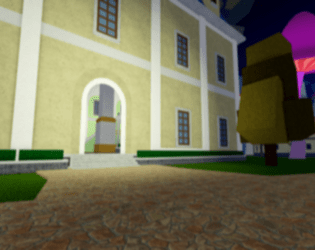 Blox Fruits Dating SimulatorDownload
Blox Fruits Dating SimulatorDownload -
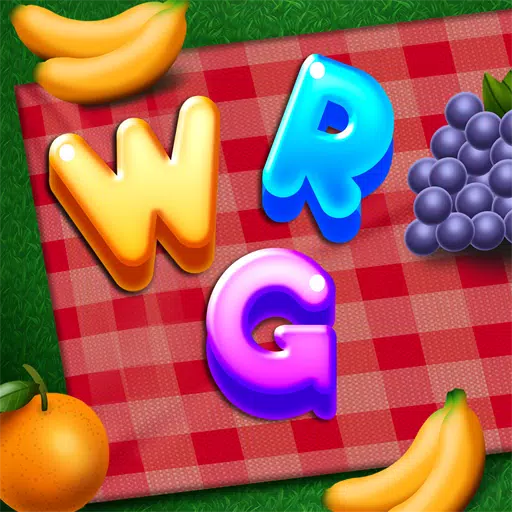 Words Words Words - Make MoneyDownload
Words Words Words - Make MoneyDownload -
 Nymphomania: Idle BrothelDownload
Nymphomania: Idle BrothelDownload -
 Slots - Lotto JackpotDownload
Slots - Lotto JackpotDownload -
 SWe1: The Waio’s HeatDownload
SWe1: The Waio’s HeatDownload -
 Beach Buggy Racing 2Download
Beach Buggy Racing 2Download -
 Slots Casino : Pets AdventureDownload
Slots Casino : Pets AdventureDownload -
 Zombies BoomDownload
Zombies BoomDownload
- Mastering Two-Handed Weapons in Elden Ring: A Guide
- Roblox Simulator Codes: Unlock Exclusive Rewards!
- Wuthering Waves: Uncover the Secrets of Whisperwind Haven's Palette
- Top 25 Palworld Mods to Enhance Your Game
- Ultimate Guide to Shinigami Progression in Hollow Era
- Karl Urban Debuts as Johnny Cage in Mortal Kombat 2










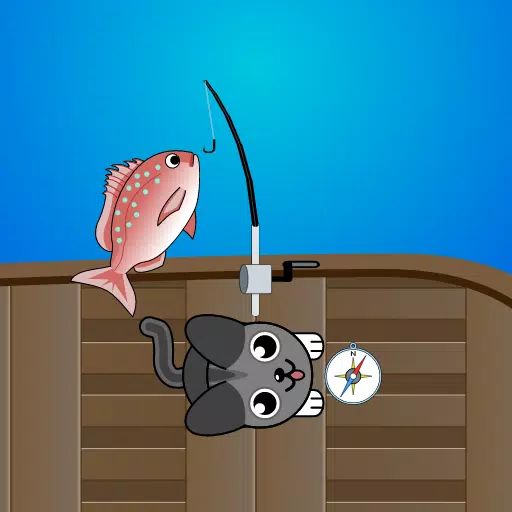
![Back to the Roots [0.8-public]](https://images.ydxad.com/uploads/44/1719584089667ec55970d05.png)

